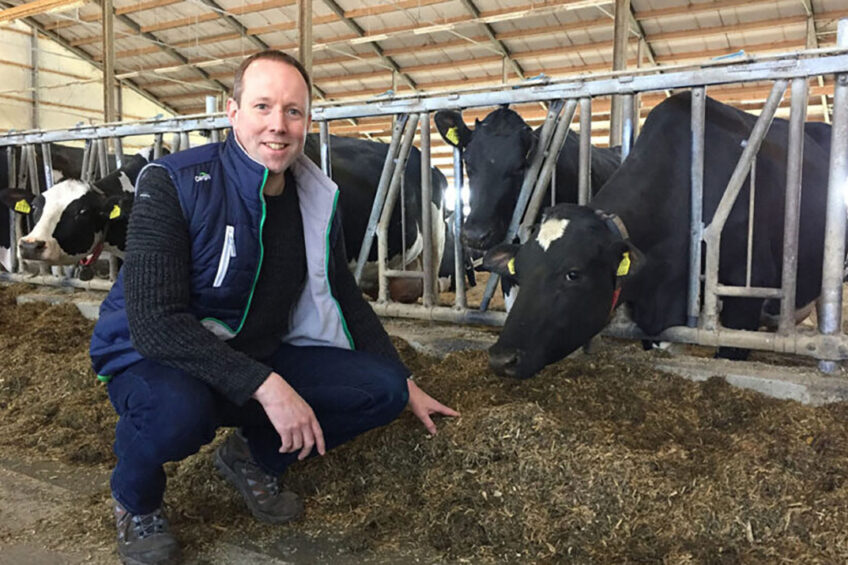10% less methane for 15 cents per cow per day

Cargill promoted SilvAir at Eurotier. The agent, calcium nitrate, is patented for use in ruminant feed to reduce methane emissions.
The ANCA (Annual Nutrient Cycling Assessment) has already been adapted for this so that from 2023 livestock farmers can easily guarantee its use and operation for their customers.
– Sander van Zijderveld, Cargill’s head of ruminants for Western Europe.
Feeding nitrate to dairy cattle, isn’t that deadly?
“That is indeed the first reaction of animal feed experts, which is precisely why the proposal for my PhD research around 2008 raised eyebrows within Cargill. ‘We are not going to risk our fistulated cows of €20,000 each,’ was the first reaction. It has now been extensively demonstrated that ruminants can adapt well to nitrate in the ration. The idea was that adding nitrate to an anaerobic environment such as the rumen, could reduce methane emissions and thereby increase milk yield. The first statement turned out to be completely true, the second unfortunately was not. The application has been patented before the publication of the results. Later, many foreign researchers repeated the experiments, providing Cargill with a wealth of information. Now that methane is such a hot topic and society and customers demand low emissions, it is a commercially interesting product.”
How much methane emission is feasible?
“‘1% nitrate in the ration, 1.6% SilvAir, yields a 10% methane reduction. When the amount doubles, so does the effect. It is a linear connection. We can go towards 3%, but then you must get the animals used to it, and slowly increase the content. To keep it workable, we want to be on the safe side and recommend a maximum of 1%. Then, the farmer can immediately switch to using it.”
What are the costs for the dairy farmer?
“That depends on the ration. It is roughly €0.15 per cow per day in the most unfavourable, protein-rich rations. In low-protein rations you can limit some expensive protein-rich raw materials through nitrate, and then the product can sometimes even be used cost-neutrally.
Due to the safeguarding in the ANCA, the product must be administered through compound feed. How does the sector react?
“The push towards its use comes from the dairy companies. These start to reward ‘low-emission milk’. We are now conducting a practical test with a large Dutch feed manufacturer and a dairy processor, in which we want to gain knowledge about practical application. We have already noticed that some raw materials react adversely to the addition, and the moulds fill up with a thick cake. You do not want that.”
The push towards its use comes from the dairy companies. These start to reward ‘low-emission milk
An alternative product is Bovaer from DSM. What do you think of that?
“SilvAir reduces methane at the beginning of digestion. Bovaer does so in the last step when the methane is formed. We suspected that they could reinforce each other’s effect. In other words: synergy. That is unfortunately not the case. The wonderful thing is that there are now 2 very well documented methane reduction products on the market. The farmer has a choice. Competition will lower the price.”
Do you expect more feed additives against methane emissions?
“It is a hot topic, and then products with vague claims always appear. However, they are rarely registered because of the expensive admission procedures. I expect that there will be more in the future, but the effect of these will have to be scientifically proven.”











